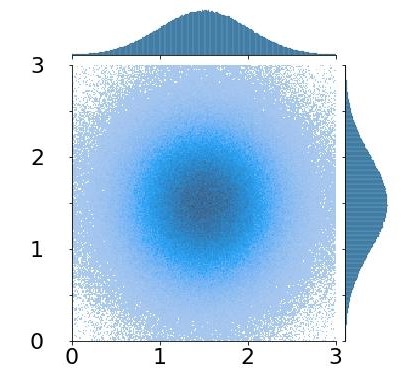Droplet dispersion in airborne pathogen transmission
Airborne pathogen transmission has garnered particular attention in the years following the COVID-19 pandemic. Mathematical models to estimate the risk of infection vary from computationally intensive Direct Numerical Simulations to simplified well-mixed models of indoor air. In the just compromise between accuracy and complexity, we propose a particle-based methodology to study transmissibility of airborne infectious agents.

Upon any exhalation (such as breathing, talking, sneezing, coughing), a turbulent multiphase gas cloud laden with droplets is emitted. How many of these droplets will linger inside the room and how many will fall ballistically to the ground? Which is the set of environmental parameters that favors one outcome against the other? Droplet fate is contingent on a multitude of environmental factors which govern droplet transport, such as relative humidity and turbulence. We develop a stochastic Lagrangian framework to study the dynamics of such respiratory droplets as they travel in air, including a simple model to represent indoor turbulence. How do the timescales of the competing processes such as gravity, evaporation or turbulent dispersion compare, and which is of the highest importance for the aerosol and droplet lifetime?
The virological properties of airborne infectious agents, such as pathogen survival, are coupled to the fluid dynamics to yield the spatiotemporally varying infection risk. We explore qualitative yet informative scenarios to illustrate the relative importance of often-overlooked effects, such as the dependency of the viral load concentration on the size of the emitted droplets. As more data becomes available, this versatile framework can be updated and adapted to offer more insight into this ever-relevant topic at the nexus of virology and fluid dynamics.
The model is developed in Python and is run using CSCS resources.

